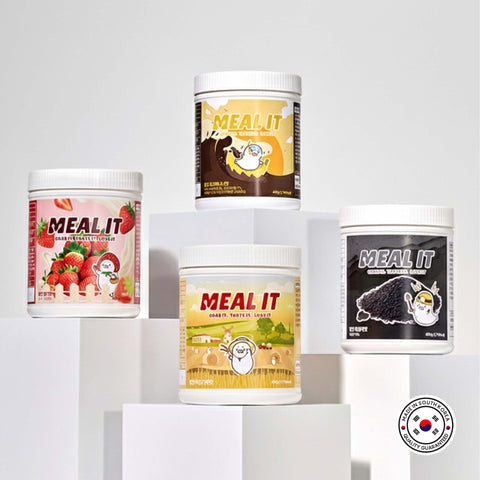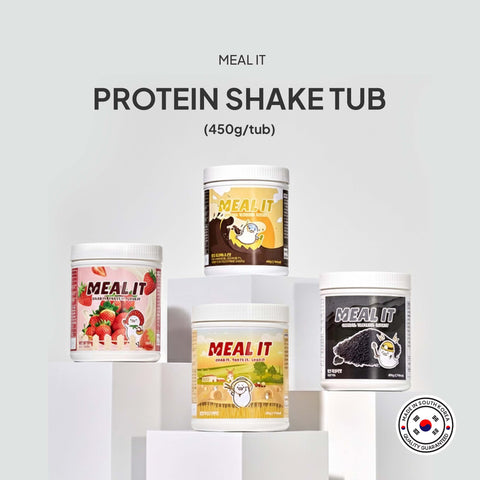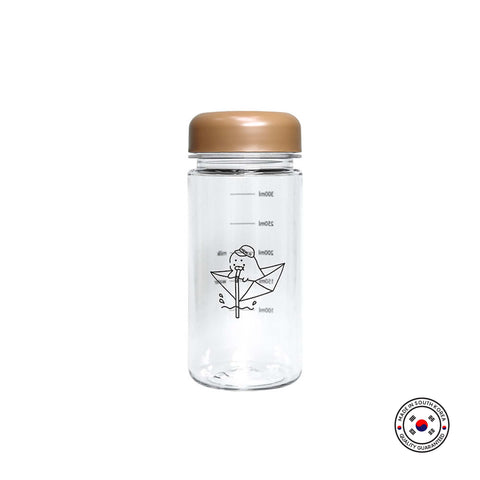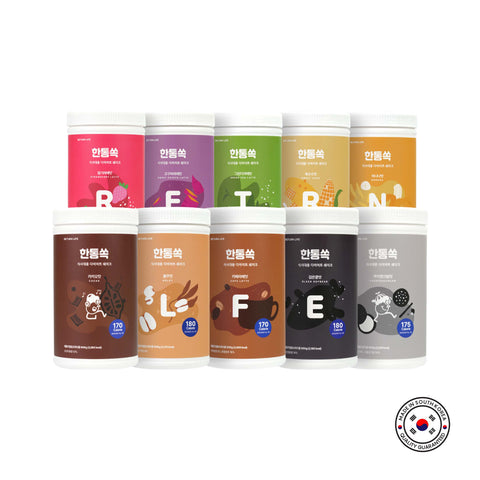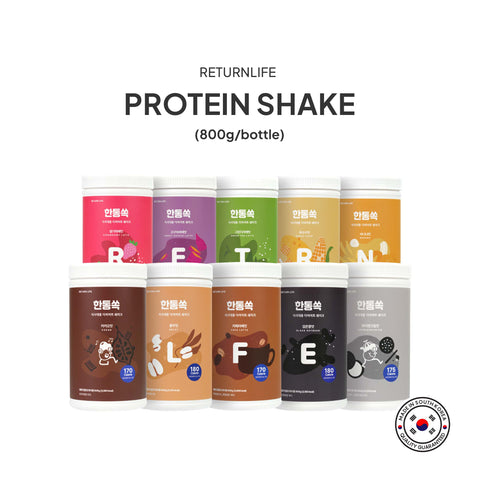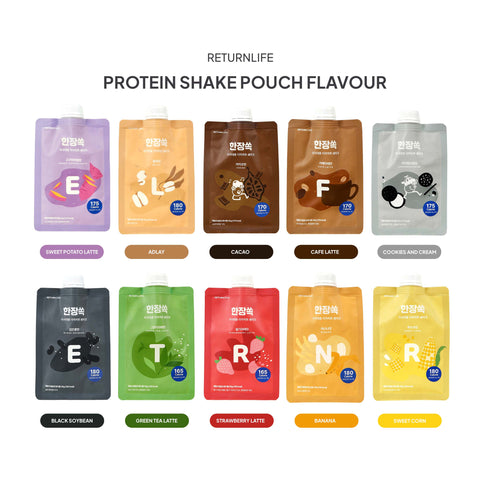
Dried fruit is a great way to get those all-important nutrients in your diet. Plus, they taste delicious too. However, dried fruit has a bit of a reputation. In recent years, the dried fruit market has been in decline, with many misconceptions driving us to choose other snacking options instead.
The truth is, there are many health benefits to eating dried fruit, but there are some considerable differences in nutritional value when compared to fresh fruit.
What is dried fruit?
Dry fruits are basically fruit that has had nearly all of its water content removed. Fruit is either dried naturally, through sun drying, or through a specialised dehydrator which shrinks the fruit, leaving behind a small, energy-dense dried fruit.
Subsequently, dried fruit has been a popular tradition for thousands of years - due to its sweet taste, nutritive value, and long shelf life. Traditionally, dried fruit that does not contain added sugars or juices is known as ‘conventional’ dried fruit. This is because they are produced by merely removing the water from fresh fruit without any added sugars.

Benefits of dried fruits
The key to getting the most nutritional benefit from dried fruit is choosing the right type. Most traditional dried fruits are made by removing the water from the fresh fruit. The result is simply a dried version of fresh fruit, with no extra sugar or other ingredients added. Some methods involve adding extra sugar prior to the drying process or candying once the fruit has been dried.
Top 3 benefits of dried fruit
1. Antioxidants
Most dried fruits include more phenols than fresh alternatives, which may contribute to a reduced risk of heart disease, diabetes, and other health conditions.
2. More fibre
Dried fruits tend to have more fibre than their fresh relatives, making them a great choice for those wanting to get more fibre into their diet.
3. Vitamins and minerals
As a concentrated version of fresh fruit, dried varieties often have higher levels of essential micronutrients (except for vitamin C). It’s worth bearing in mind that dried fruit is much more concentrated when compared with fresh fruit. That means you’ll need to watch your portion size, as these snacks are notoriously easy to overeat.

Is dried fruit healthier?
To put it simply, dry fruit calories might be slightly less in comparison to its volume, however that doesn’t always make it the healthier option. For example, one plum may have 30 calories, while one dried plum, or prune, may have 23 calories. At face value, it may look like the prune is the better choice. However, when you consider the actual size of a plum versus the shrunken size of the prune, there are different values.
Plums have a lower energy density than prunes. That means they’re low in calories compared to their volume. Prunes, on the other hand, are a high energy-dense food, which also means they’re not as filling. When you take raisins and grapes, who each share similar volumes of protein and fat. Raisins contain about 3g of protein and 1g of fat compared to grapes which contain around 1g protein and minimal fat per 100g.
The key difference here is in their carbohydrate content, which is entirely natural sugars. Raisins contain 62g of carbohydrates per 100g compared to grapes which contain just 16g per 100g. Yet, when you consider fibre content, which is important addition to your diet in order to support healthy digestion, prunes have 3g per 100g compared to 1g per 100g which is approximately what you’ll find in grapes.


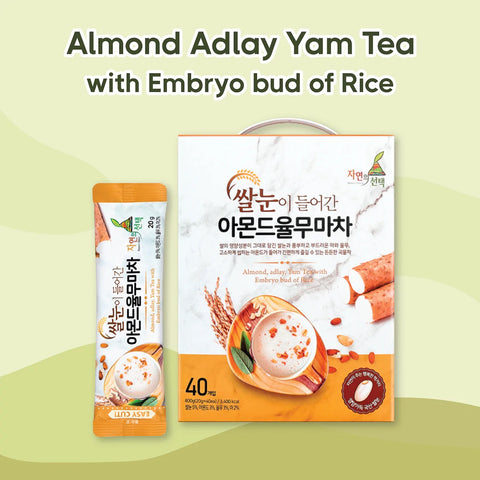



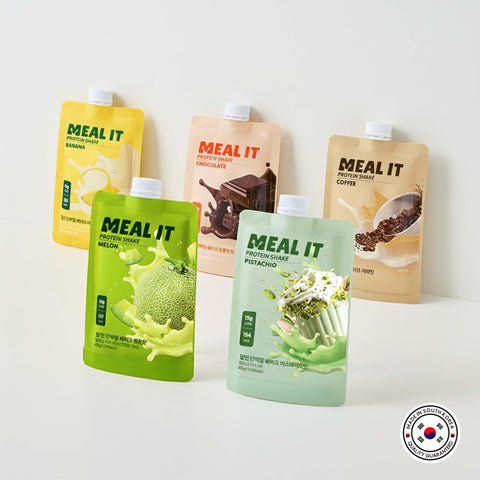
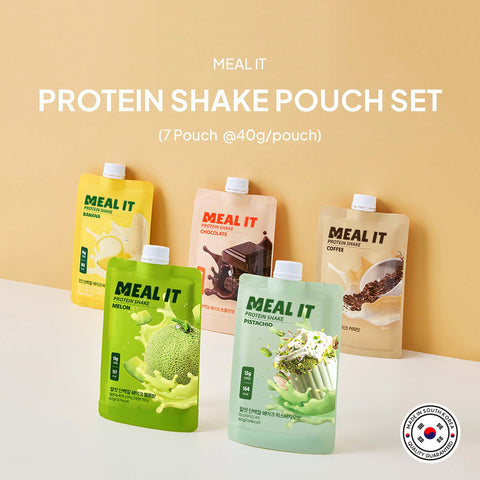


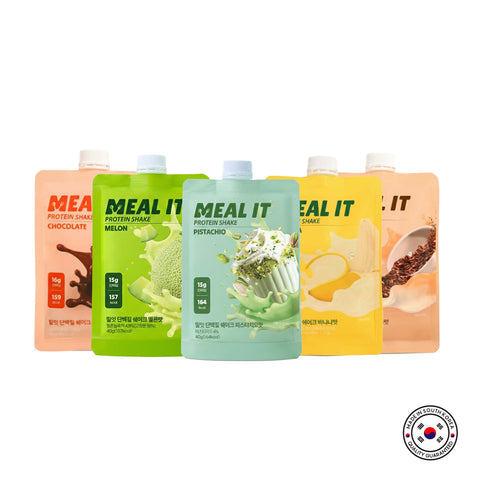



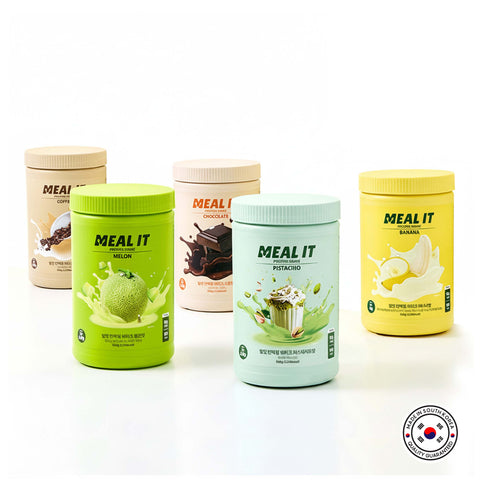
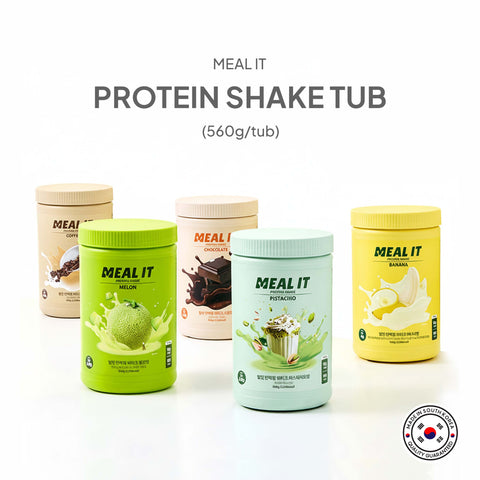






![Hero protein Chip [Onion] (40gr) / 히어로칩(어니언)](http://joyksg.com/cdn/shop/files/o_WEB.png?v=1727684839&width=480)
![Hero protein Chip [Onion] (40gr) / 히어로칩(어니언)](http://joyksg.com/cdn/shop/files/1f697787bd2b3.jpg?v=1727702023&width=480)
![Hero protein Chip [Chili Pepper] (40gr) / 히어로칩(칠리페퍼)](http://joyksg.com/cdn/shop/files/cp_WEB.png?v=1727685349&width=480)
